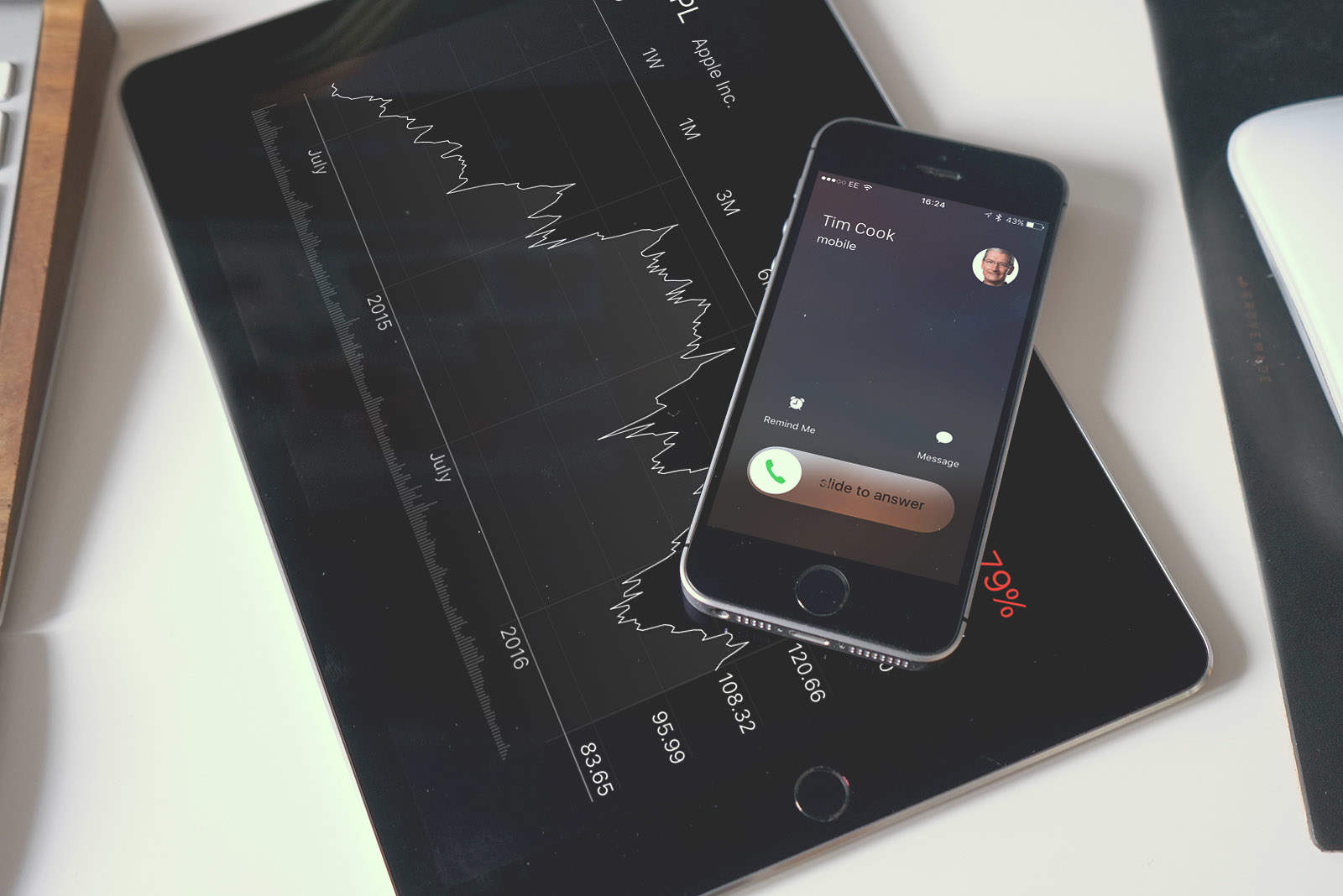Apple’s phenomenal run of growing profits has come to an end. For the first time in 13 years, Apple announced that its profits declined year-over-year during the last fiscal quarter.
The company just posted its earnings report for Q2 2016 and, as predicted, iPhone sales took a serious hit. Apple only shipped 51.6 million devices last quarter, resulting in $50.6 billion in total revenue and a quarterly net income of $10.5 billion.
Apple CEO Tim Cook admitted the company had a challenging quarter but is still incredibly optimistic, despite what many analysts are calling “peak iPhone.”
“Our team executed extremely well in the face of strong macroeconomic headwinds,” said Tim Cook, Apple’s CEO. “We are very happy with the continued strong growth in revenue from Services, thanks to the incredible strength of the Apple ecosystem and our growing base of over one billion active devices.”
Apple has become increasingly reliant on the iPhone to make up the lion’s share of its profits over the last few years. Now it’s starting to look like the company really needs another giant revenue stream to please investors and make up for slowing iPhone sales, especially in “s” upgrade years. AAPL shares have been trading down all week, with the price dropping to $104.35 by today’s closing bell. The stock fell another 6% to $98 in after hour trading.
Cook warned of declining iPhone sales during Apple’s last earnings call. Wall Street expected Apple to report between 50 million and 52 million in iPhone shipments this quarter. Last year during Q2, the company shipped 61 million iPhones; however, that was an exceptionally good quarter, thanks to pent up demand of the iPhone 6, which suffered from supply constraints in the previous quarter.
Despite Apple’s projections, it’s still hard to believe Apple’s streak of continuous growth has come to an end. iPad sales remained in a slump. Mac sales are still solid. But Apple’s reliance on the iPhone for profits is starting to hurt the company. The only tool Apple had to boost iPhone sales in Q2 was the launch of the iPhone SE, and it hasn’t really been a hit.
iPhone SE (Struggling Edition)
The iPhone SE is supposed to attract Android switchers, customers in developing nations, and people with small hands, but it doesn’t appear to have provided a boost in sales. It might not even be selling as well as the iPhone 5c.
Total sales of the iPhone SE weren’t provided by Apple; however, data provided by Localytics suggests the smaller screen hasn’t won over customers as quickly as the bigger screen iPhones.
“The early adoption of the SE is lower than previous Apple models, including the larger 6 models in their first month of their respective sales,” Localytics told Cult of Mac. “When it comes to similar models, the iPhone 5s and 5c, the iPhone SE is also behind both. In the first month of their releases, the iPhone 5S had 3 percent of the market share.”
In its first month, the iPhone SE has only captured 0.4 percent of the market share. Even the iPhone 5c — widely regarded as a flop — performed better, grabbing 1 percent of the market during its first month on sale.
Apple’s board of directors has authorized $50 billion more in stock buybacks for the company’s capital return program. The company expects to spend $250 billion in buybacks by March 2018.


